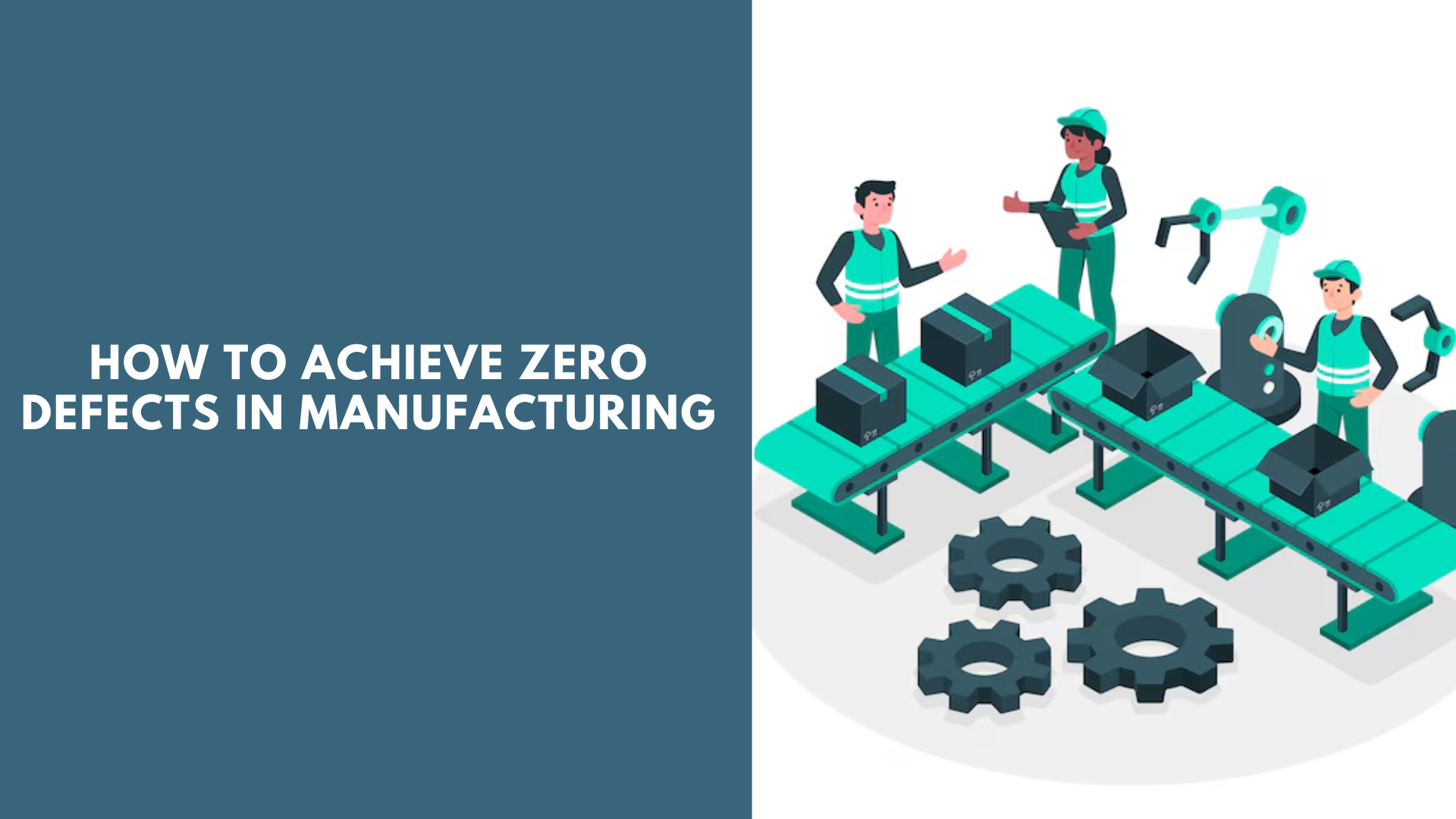In the competitive world of manufacturing, quality is a paramount concern. Striving for zero defects in production is not only about enhancing product quality but also about reducing costs, improving efficiency, and maintaining customer satisfaction. While achieving zero defects might seem like a daunting task, it’s a realistic goal with the right strategies and mindset. Here’s a guide on how to move towards zero defects in manufacturing.
1. Commit to a Quality Culture
The journey to zero defects starts with a strong commitment to quality at every level of the organization. This means fostering a culture where quality is everyone’s responsibility, from the CEO to the factory floor workers. Encourage open communication about quality issues and involve employees in problem-solving processes.
2. Implement Robust Quality Management Systems (QMS)
A robust Quality Management System (QMS) is essential for achieving zero defects. Standards such as ISO 9001 provide a framework for maintaining quality across all processes. A QMS helps in:
- Documenting procedures and processes
- Setting quality objectives and policies
- Monitoring and measuring performance
- Continual improvement through regular audits and feedback
3. Invest in Training and Development
Regular training ensures that employees have the necessary skills and knowledge to perform their tasks correctly. Training should cover:
- Proper use of equipment
- Understanding quality standards
- Identifying and addressing defects
- Continuous improvement techniques
Skilled and knowledgeable workers are less likely to make errors, directly contributing to zero defects.
4. Adopt Lean Manufacturing Principles
Lean manufacturing focuses on eliminating waste and improving processes. Key lean principles that contribute to zero defects include:
- Kaizen (Continuous Improvement): Regularly making small, incremental changes to improve processes.
- 5S (Sort, Set in order, Shine, Standardize, Sustain): Organizing the workplace to ensure efficiency and reduce the chance of defects.
- Poka-Yoke (Mistake-Proofing): Designing processes and systems to prevent errors or make them immediately obvious.
5. Utilize Six Sigma Methodology
Six Sigma is a data-driven approach that seeks to improve the quality of process outputs by identifying and removing the causes of defects. Key Six Sigma tools include:
- DMAIC (Define, Measure, Analyze, Improve, Control): A structured problem-solving process.
- Statistical Process Control (SPC): Monitoring and controlling a process to ensure it operates at its full potential.
6. Incorporate Advanced Technologies
Technological advancements can play a significant role in achieving zero defects. Consider investing in:
- Automation: Reduces human error and increases consistency.
- Machine Learning and AI: Predicts and identifies defects before they occur.
- Internet of Things (IoT): Provides real-time data to monitor and improve processes.
7. Perform Regular Maintenance
Equipment maintenance is crucial to prevent breakdowns that can lead to defects. Implement a preventive maintenance schedule to ensure all machinery is in optimal working condition. This minimizes unexpected downtimes and maintains product quality.
8. Engage in Root Cause Analysis
When defects occur, it’s essential to understand why they happened and how to prevent them in the future. Root Cause Analysis (RCA) involves:
- Identifying the problem
- Analyzing the root cause
- Implementing corrective actions
- Monitoring the effectiveness of the solutions
Common tools for RCA include Fishbone Diagrams and the 5 Whys technique.
9. Supplier Quality Management
Your suppliers play a crucial role in your product’s quality. Establish strong relationships with suppliers and ensure they adhere to your quality standards. Conduct regular audits and quality checks on incoming materials to catch defects early.
10. Customer Feedback Loop
Customer feedback provides valuable insights into potential quality issues. Establish a robust feedback loop to:
- Gather customer feedback on product quality
- Analyze the data to identify trends and areas for improvement
- Implement changes based on feedback to prevent future defects
Conclusion
Achieving zero defects in manufacturing is an ongoing journey that requires a commitment to quality, continuous improvement, and a proactive approach to problem-solving. By fostering a quality-centric culture, leveraging advanced technologies, and continuously refining processes, manufacturers can move closer to the goal of zero defects. Remember, every small step towards quality improvement contributes to the overall objective of defect-free manufacturing.









